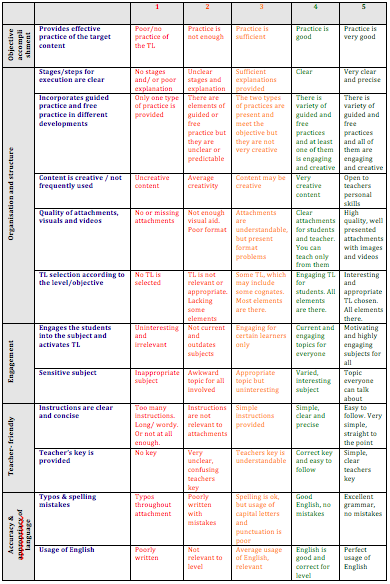ESL Course Design for the 2016-2017 Academic Year
by Max Zaman
With another academic year coming to a close, the teachers of Oxbridge Barcelona began to reflect on the year behind them and plan the ESL courses for the 2016-2017 academic year. We began by brainstorming on the activities and teaching methods that were well received by the students, but more importantly, helped students advance their Englis...




